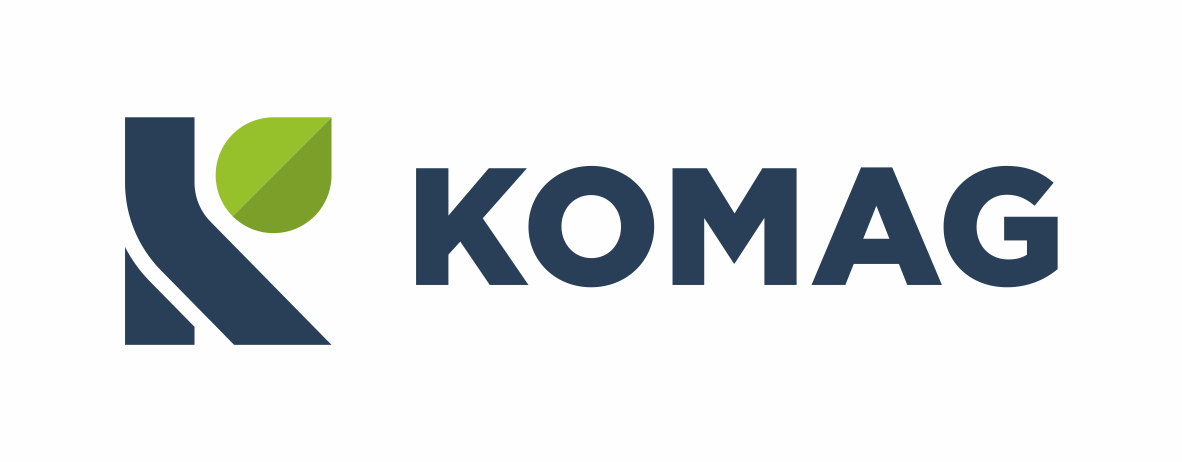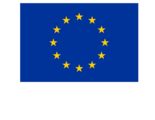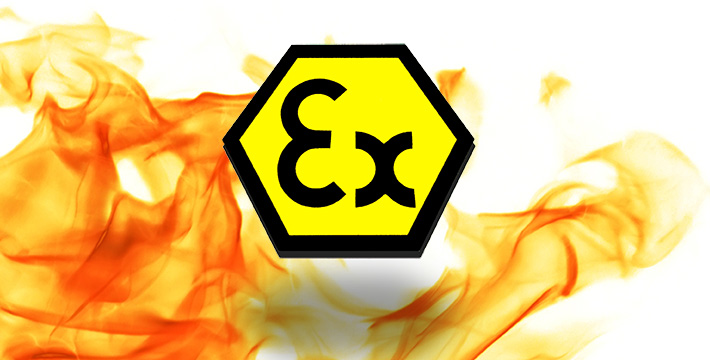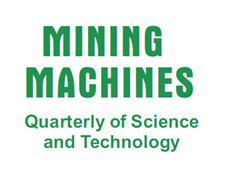
The Division of Attestation Tests Certifying Body conducts a voluntary certification of products:
- according to the scope of accreditation (AC 023) granted by the PCA on conformity with the requirements of standards
- a certification of products conducted according to the requirements of the standards included in the scope of the AC 023 accreditation is realized on the basis of the certification programmes of type 1a and type 1b developed on the basis of the requirements of PN-EN ISO/IEC 17067 standard.

Certification programmes of the Division of Attestation Tests Certifying Body.
|
No. of programme |
Title of programme |
|
PC-DBA/01 |
Certification programme of type 1b products |
|
PC-DBA/04 |
Certification programme of type 1a products |
|
Pc-DBA/05 |
Certification programme for generating units |
|
PWO-DBA/01 |
Products approved for an application in mining plants |
|
|
|
The Division of Attestation Tests Certifying Body, upon a customer’s request throws open the Certification Programmes and the Procedures of Conformity Assessment
- beyond the scope of accreditation:
- a certification of a product conducted for a B trade mark (safety) basing on the agreement with the Polish Association for Technical Tests and Attestation Safety Certificate – a document confirming that the product, used in accordance with the principles given by the producer, does not generate any hazard to life, health, property and environment. The certificate authorizes the producer to mark the product with the safety mark.
- a voluntary product certification for conformity with the requirements of the standards from beyond the scope of accreditation, regulations and technical specifications,
- a voluntary certification for the “KOMAG-Confirmed Quality” mark authorizing for marking the product and its leaflets with the appropriate mark. The mark, placed on the product, informs a customer that the product quality has been confirmed by an assessment of an independent, from the producer, certifying body, anda production of the product is supervised.

Contact:
Manager: Andrzej Figiel, Ph.D. Eng.
email: This email address is being protected from spambots. You need JavaScript enabled to view it.
phone +48 32 2374604, +48 32 2374570
fax: +48 32 2374581







 Badanie bezpieczeństwa wyrobów
Badanie bezpieczeństwa wyrobów Klaster Maszyn Górniczych
Klaster Maszyn Górniczych